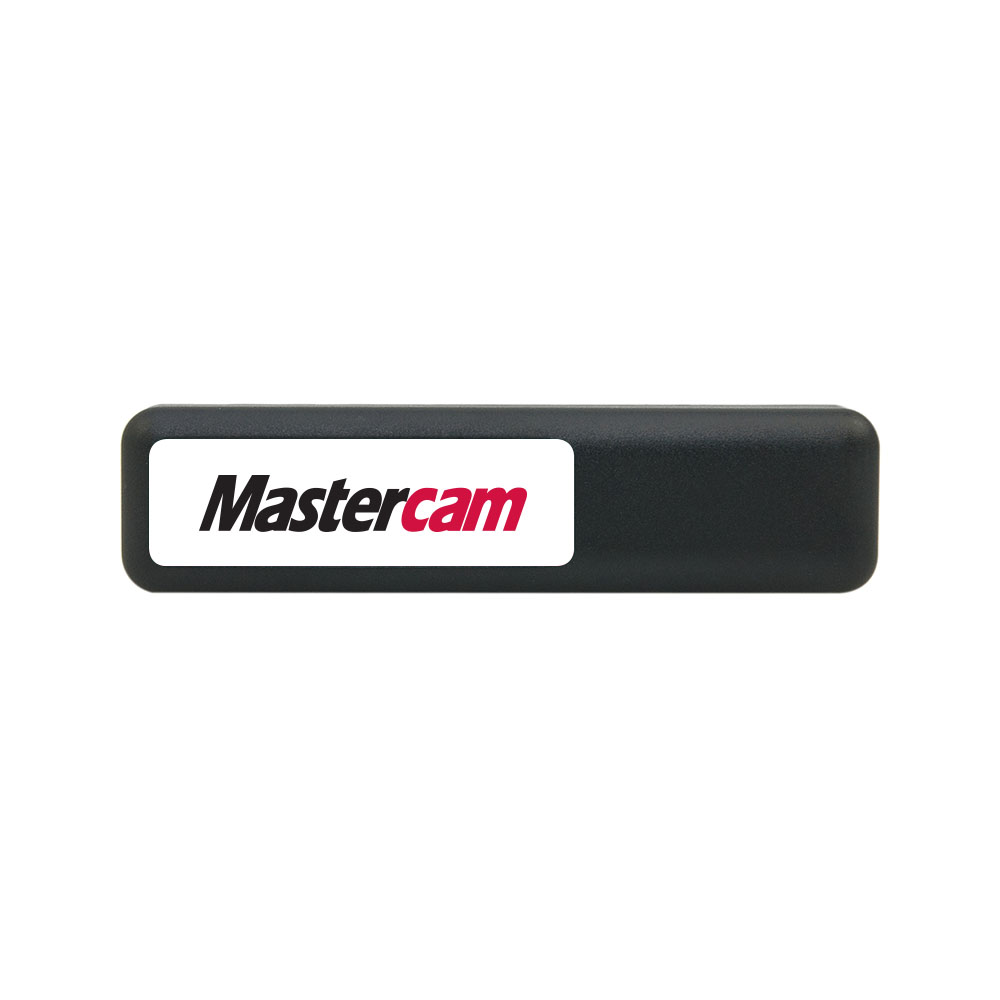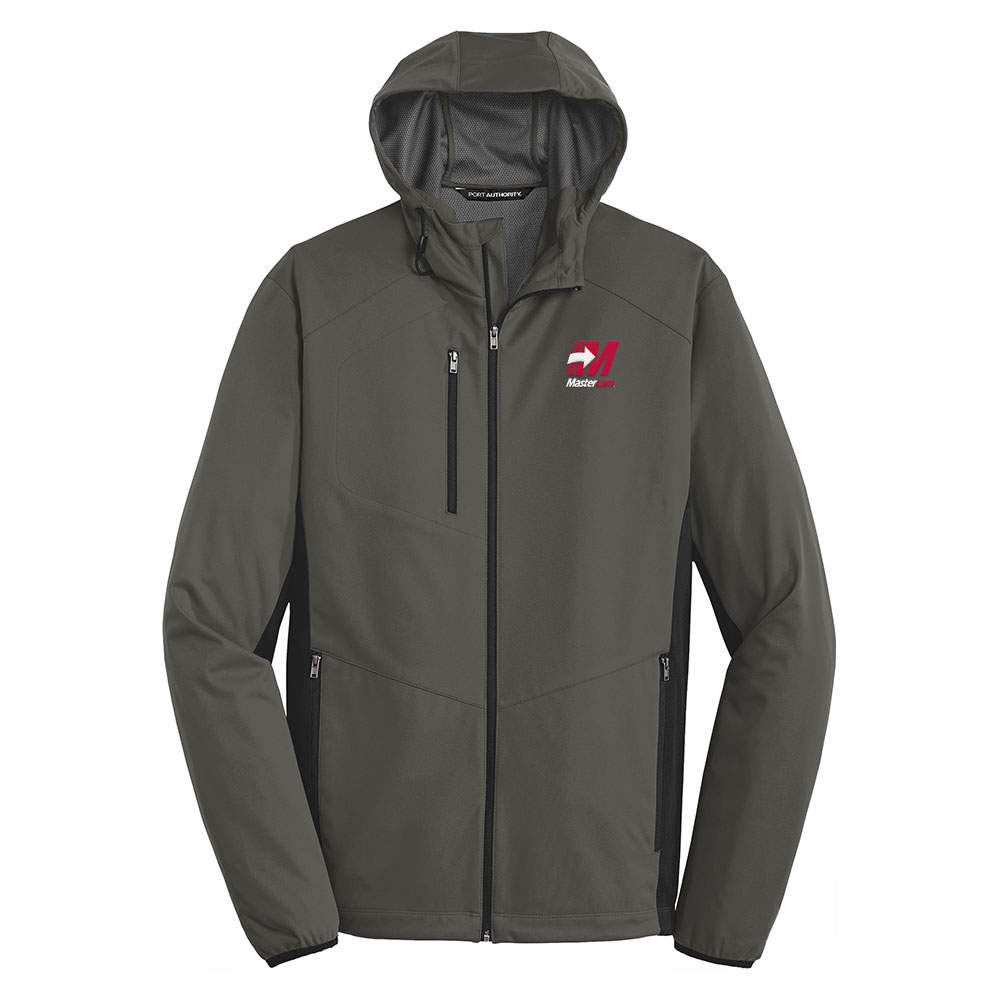Using Turret-Mounted Angled Milling Heads
Views
You can now use turret-mounted angled milling heads in Mill-Turn operations. This lets you create toolpaths on angled planes using turret-mounted tools.
Prior to Mastercam 2024, tool locators for turrets supported both turning tools and milling tools in live tooling stations. While turning tools could be mounted in an angular orientation, live tools could not.
Mastercam 2024 divides turret tool locators into two separate component types: one for turning tools, and a second for milling tools. You can create milling tool locators for face milling, cross milling, or at an angular orientation. You can specify a fixed angle in the component properties, or read the orientation from the operation. This lets you create tilted plane, G68-style toolpaths with turret-only machines.
Using Angled Milling Heads in Operations
When Mastercam detects that angled milling heads are available or when you load a tool into an angled milling head, Mastercam enables the Plane Rotation option in the Setup page.
Typically this setup type is not available for turret-only machines, but will be required whenever the milling head is oriented at any angle other than 0 or 90 degrees. The orientation of the head also filters the allowable axis combinations.
Angled heads can be created with a fixed angle, or you can configure them to get the angular orientation from the operation. This affects how you set the toolplane.
-
If the head is set to a fixed angle, you will typically want to ensure that the orientation of the toolplane matches the angled head. If it does not, Mastercam displays a warning message.
-
If the head is set to read the angle from the operation, you will be able to select a toolplane with your operation, or select Derive from geometry if your toolpath geometry supports it.
Once a tool has been selected for an operation and mounted in an angled milling head, you cannot change the tool number. The only way to change the tool number is to select a new tool or delete the operation. The Assign tool numbers sequentially option in your machine group is not applied to tools mounted in angled milling heads.
Some live tooling heads are geared to increase, decrease, or reverse the programmed spindle speed. These settings are available in the component properties for the tool locator. The spindle speed adjustment will be applied automatically when you select the angled head.
Tool Locator Components
To implement the new functionality, the component architecture for tool locators has been overhauled. You will see this first when you add a new locator to a turret, and need to choose from the two different types:
The interface for both turning and milling tool locators has been redesigned for a smoother workflow, using the same interface that was introduced for steady rest components.
Milling tool locators can include a barrel subcomponent. This represents the portion of the locator that rotates, and typically is associated with its own solid model. A barrel is optional; you do not need to include one if it is not necessary. In the picture below, the orange model is the barrel subcomponent.
The key properties of the barrel are the center of rotation, the angular travel limits, and the solid model.
Finally, each locator component includes one or more tool stations.
Milling tool locators can be oriented for face milling, cross milling, or angular. Face- and cross-milling tool locators support multiple stations per locator, while angled heads allow only one.
Angled heads can be locked to a fixed angle (select Manual and enter the angle), or can be set so that the angular orientation comes from the operation. Other new properties include a Speed multiplier factor plus the ability to Reverse spindle direction; these should be set to match the internal gearing on your head.
Comments
You must be logged in to leave and view comments.


